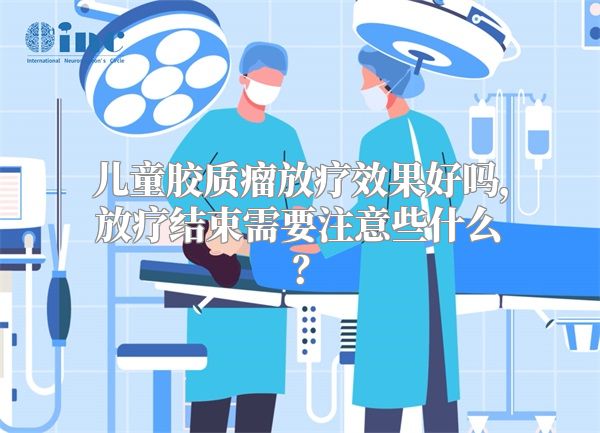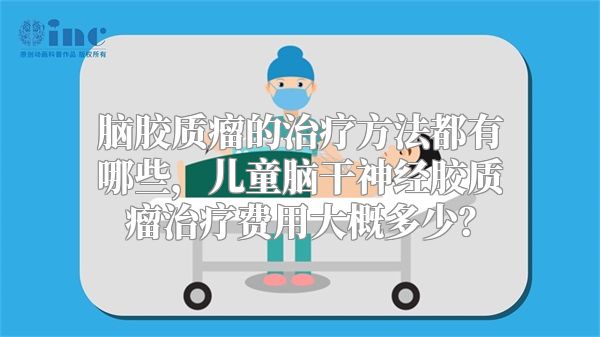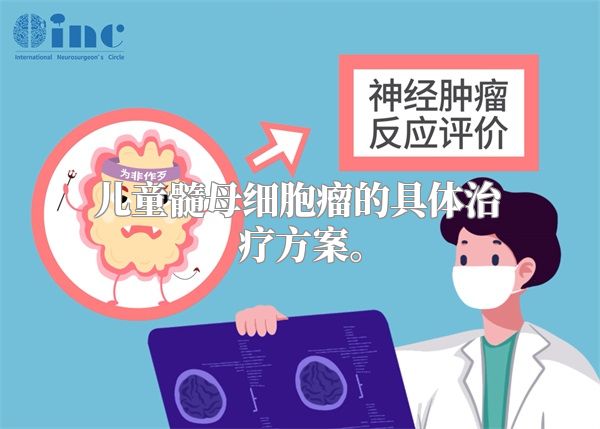儿童胶质瘤放疗效果好吗,放疗结束需要注意些什么?
儿童胶质瘤是一种常见的中枢神经系统肿瘤,治疗方法包括手术、放疗和化疗。放疗在控制高等级胶质瘤(如弥漫性中线胶质瘤)方面效果显著,但可能带来长期副作用。在放疗结束后,患者需要注意多方面的护理,包括定期检查、管理副作用以及心理支持。
1. 胶质瘤的类型与放疗效果
儿童胶质瘤根据其恶性程度可分为低级别和高级别。低级别胶质瘤如毛细胞型星形细胞瘤,通常通过手术和低剂量放疗即可有效控制,预后较好,5年生存率超过90%【[Childhood Astrocytomas and Other Gliomas Treatment (PDQ®) NCI](https://www.cancer.gov/types/brain/hp/childastrocytomagliomatreatmentpdq)】【[Childhood Astrocytomas and Other Gliomas Treatment (PDQ®) NCI](https://www.cancer.gov/types/brain/hp/childastrocytomagliomatreatmentpdq)】。相比之下,高级别胶质瘤如弥漫性中线胶质瘤(DIPG),尽管放疗是主要治疗手段,但预后较差,生存率较低【[Childhood Astrocytomas and Other Gliomas Treatment (PDQ®) NCI](https://www.cancer.gov/types/brain/hp/childastrocytomagliomatreatmentpdq)】【[Childhood Astrocytomas and Other Gliomas Treatment (PDQ®) NCI](https://www.cancer.gov/types/brain/hp/childastrocytomagliomatreatmentpdq)】。
放疗对于控制高级别胶质瘤的生长和缓解症状至关重要。研究表明,放疗可以显著减小肿瘤体积,改善患者的生活质量【[Childhood Astrocytomas and Other Gliomas Treatment (PDQ®) NCI](https://www.cancer.gov/types/brain/hp/childastrocytomagliomatreatmentpdq)】【[Childhood Astrocytomas and Other Gliomas Treatment (PDQ®) NCI](https://www.cancer.gov/types/brain/hp/childastrocytomagliomatreatmentpdq)】。由于放疗对正常脑组织的损伤,长期副作用不可避免,包括认知功能障碍、内分泌失调和生长发育问题【[Childhood Astrocytomas and Other Gliomas Treatment (PDQ®) NCI](https://www.cancer.gov/types/brain/hp/childastrocytomagliomatreatmentpdq)】。
2. 放疗后的注意事项
定期随访与检查:放疗结束后,定期的影像学检查如MRI扫描至关重要,以监测肿瘤的变化和早期发现复发迹象。大多数医院建议每3至6个月进行一次检查,随后根据病情逐步延长检查间隔【[Childhood Astrocytomas and Other Gliomas Treatment (PDQ®) NCI](https://www.cancer.gov/types/brain/hp/childastrocytomagliomatreatmentpdq)】。

管理放疗副作用:放疗可能导致短期和长期的副作用,如疲劳、恶心、脱发、皮肤反应等。长期来看,放疗可能对儿童的认知功能、内分泌系统和生长发育产生影响。家长和医护人员需要密切关注这些副作用,并采取相应的对策。例如,对于内分泌失调,可以通过激素替代疗法进行管理【[Childhood Astrocytomas and Other Gliomas Treatment (PDQ®) NCI](https://www.cancer.gov/types/brain/hp/childastrocytomagliomatreatmentpdq)】【[Childhood Astrocytomas and Other Gliomas Treatment (PDQ®) NCI](https://www.cancer.gov/types/brain/hp/childastrocytomagliomatreatmentpdq)】。
心理支持与康复:患有胶质瘤的儿童及其家庭常面临巨大的心理压力。提供心理支持和咨询服务对于帮助他们应对疾病带来的挑战非常重要。心理治疗和支持小组可以帮助儿童和家庭缓解焦虑和抑郁,提高生活质量【[Childhood Astrocytomas and Other Gliomas Treatment (PDQ®) NCI](https://www.cancer.gov/types/brain/hp/childastrocytomagliomatreatmentpdq)】【[Childhood Astrocytomas and Other Gliomas Treatment (PDQ®) NCI](https://www.cancer.gov/types/brain/hp/childastrocytomagliomatreatmentpdq)】。
营养与生活方式:良好的营养和健康的生活方式对放疗后的恢复至关重要。营养师可以帮助制定适合的饮食计划,确保儿童摄入足够的营养以支持身体恢复。适度的运动也有助于提高免疫力和整体健康【[Childhood Astrocytomas and Other Gliomas Treatment (PDQ®) NCI](https://www.cancer.gov/types/brain/hp/childastrocytomagliomatreatmentpdq)】。
教育与社会支持:放疗可能影响儿童的学习能力,因此学校和家庭需要提供额外的支持。个性化教育计划(IEP)可以帮助满足儿童的特殊学习需求。社会支持网络如患者互助小组可以为家庭提供情感支持和实用建议【[Childhood Astrocytomas and Other Gliomas Treatment (PDQ®) NCI](https://www.cancer.gov/types/brain/hp/childastrocytomagliomatreatmentpdq)】。
放疗在儿童胶质瘤的治疗中起着关键作用,尤其是对于高级别胶质瘤。放疗后的长期护理和管理同样重要,以最大限度地减少副作用,改善患者的生活质量。通过定期随访、管理副作用、提供心理支持、保证营养和生活方式健康,以及提供教育和社会支持,能够帮助患者和家庭更好地应对疾病和治疗带来的挑战。
参考文献
1. [Children | Free FullText | Classification and Treatment of Pediatric Gliomas in the Molecular Era](https://www.mdpi.com/children/).
2. [Childhood Astrocytomas and Other Gliomas Treatment (PDQ®) NCI](https://www.cancer.gov/types/brain/patient/childgliomatreatmentpdq).
3. [Radiation Therapy for Glioma | Memorial Sloan Kettering Cancer Center](https://www.mskcc.org).
4. [Diffuse intrinsic pontine gliomas in pediatric patients: management updates | Egyptian Journal of Neurosurgery](https://ejns.springeropen.com/articles/10.1186/s41984021001296).
- 本文“儿童胶质瘤放疗效果好吗,放疗结束需要注意些什么?”禁止转载,如需转载请注明来源及链接(https://www.jiaozhiliu.org.cn/show-20868.html)。
- 更新时间:2024-06-27 22:50:39






 关注微信公众号
关注微信公众号